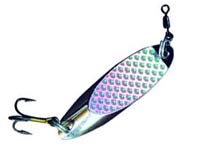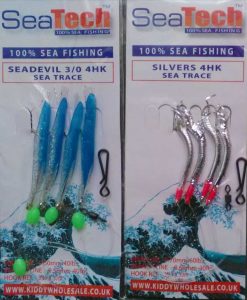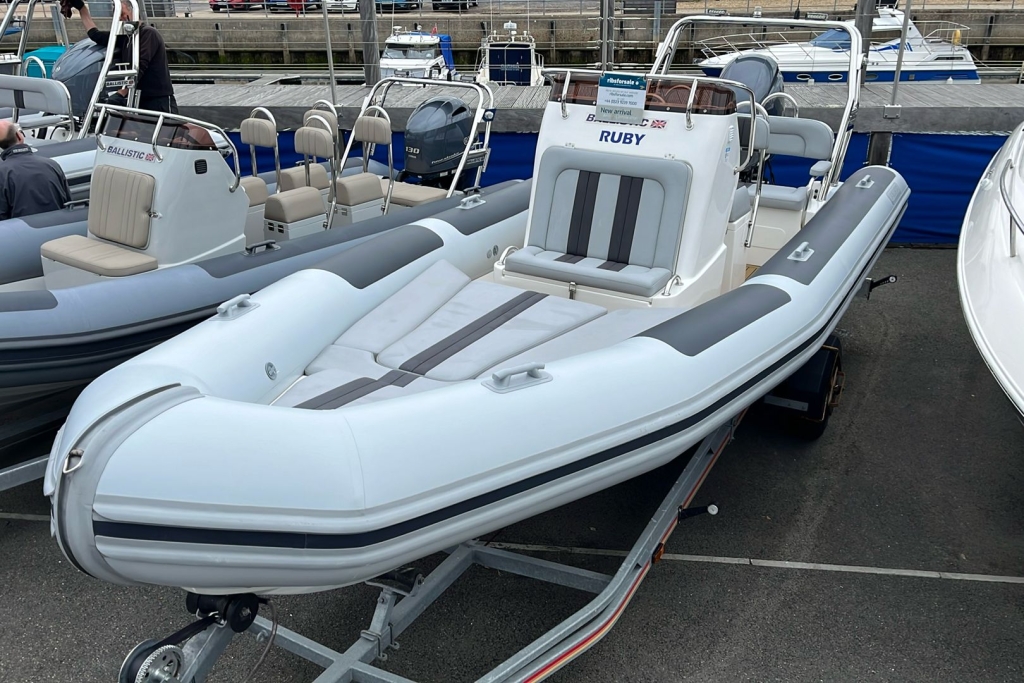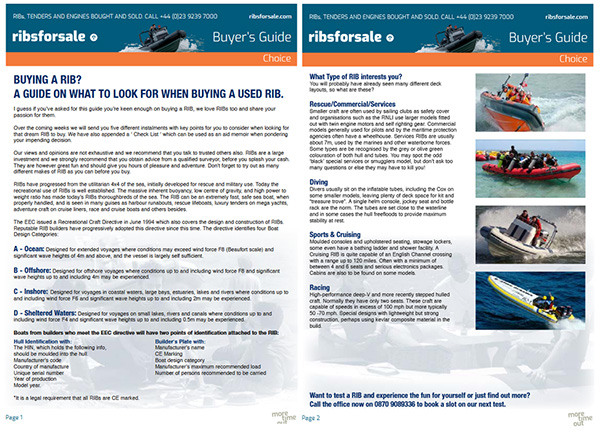How to catch a mackerel on your RIB
How to catch a Mackerel
A guide on catching the very popular mackerel
Mackerel are a very common fish in our waters. They taste great and are a good fish to use as bait. Here is a guide to the various methods and ways of catching a mackerel.
You will see I use the word “Generally” quite a lot. This is because fishing isn’t set in stone and they will spring surprises on you quite often. With that said here we go:
You have a few options for catching mackerel. They are:
- Float fishing
- Spinning
- Feathering
So let’s look at these in more detail:
FLOAT FISHING FOR MACKEREL GUIDE
If you’ve never used a float before then you need to look at my “How to set-up for float fishing guide“. Mackerel generally remain at the same depth which is between 8ft to 20ft. They also generally stay quite close to cliffs and walls. If you’re fishing from a pier then you will probably only need to be casting out between 5 to 30 yards.
The best places to catch mackerel are piers and rocks which are out past the shore line. Mackerel don’t normally come in too close to the beach. This doesn’t mean that they don’t but as a general rule you’ll get much better results if you’re fishing away from the beach.
The best baits are the shiny ones. The most common bait used to catch mackerel is mackerel themselves. Mackerel strips are excellent baits. You may also want to see my “Setting up a mackerel for bait” guide in the beginners guide section.
Other baits used include garfish, scad, sand eels and squid.
When a mackerel attacks bait on a float it’s normally hard and fast. Your float will disappear quickly and the vast majority of people will strike as the float goes under.
On light gear mackerel put on a real fight. When I feel in the mood I often go down my local pier with a cheap and nasty telescopic 8ft rod. I use a reel I bought for a tenner and I have a 4lb line on the reel. With this kind of set up what used to take a few seconds to reel in becomes a 5 to 15 minute fight as you battle to bring it in. I really do recommend doing this when you can, it’s great fun!
SPINNING FOR MACKEREL GUIDE
There are so many lures on the market now it’s very confusing which one to get. The job of spinning is an easy one. You attach a snap swivel on the line then the lure to the end of that. Then you’re ready to go. The one lure that is mentioned time and time again for mackerel is the Dexter Wedge which is shown here:

[The dexter wedge is a great lure for catching mackerel and bass]
This lure has been around a long time and is a well established mackerel and bass lure. There are a few sizes but my advice is if you’re fishing from the shore don’t go too big. Even the smallest of dexter wedges can catch some mighty fish.
Once you cast out there are a few ways of reeling the lure back in and it’s really up to you to experiment to find the one that works for you. The few more common methods are as follows:
1. The big long pull
Once you have a tight line after casting you simply pull the rod back in one continuous motion while keeping it at waist height. You then move the rod forward again whilst reeling in the slack. You then repeat. You will probably make 3 or 4 complete turns on the reel when you do this.
You can also pull back the rod from ground level to above your head. The first way keeps the lure at pretty much the same depth while the down-up motion will raise the lure in the water. I prefer the first method but choose which suits you.
2. The short sharp twitch
Once you have a tight line after casting you keep the rod tip low down and give small gentle pulls on the rod while slowly reeling in the line. By small movements I mean around half an arms length at a time. This is a good method for lures with rattles.
3. The delayed reaction
Once you’ve cast out and you’ve tightened the line keep the rod still and give the reel a few turns so the lure moves a couple of metres and then pause for a few seconds (4 to 8 is good). Then keep repeating this process.
Feathering for Mackerel
Feathers usually have 4 to 6 feathers, plastic strips and other such things attached to a hook as seen here:

[ Type of feathers used to catch mackerel ]
You attach one end to your line and attach a weight on the other end. That is all their is to it. For the weight I wouldn’t go heavier than a 4oz weight (I usually use a 2oz weight). You want a nice streamlined weight to make distance casting easier. I use the torpedo style weight for my feathering as, for me, they cast well on my set-up. Here is what they look like:

[Torpedo weights are great for streamlined casting]
There are other types of weights. Bombers are also good weights to use. They are smaller than these and they can also cast far.
Most store bought feathers have loops at the top and bottom. To attach the weight you simply push the loop through the weight and then pull the weight. Here is an example:

[ Click to enlarge this image]
You will also need to attach the line to the top loop. The most common knot for this is probably the half blood knot.
When mackerel are about in numbers in isn’t uncommon to reel in a mackerel on every feather.
The most used method for using these is the big pull. Once you have a tight line after casting you simply pull the rod back in one continuous motion while keeping it at waist height. You then move the rod forward again whilst reeling in the slack. You then repeat. You will probably make 3 or 4 complete turns on the reel when you do this.
Information provided by torbayfishing.com




.jpg)












